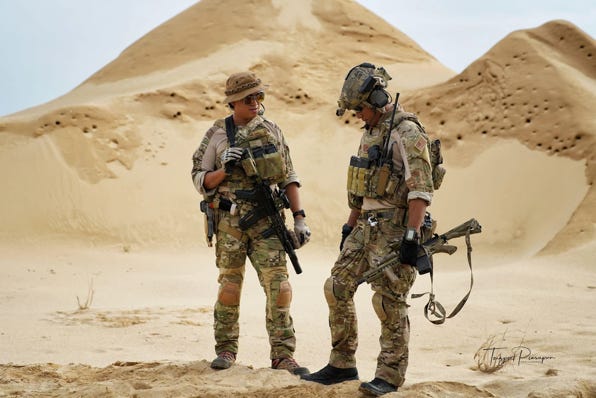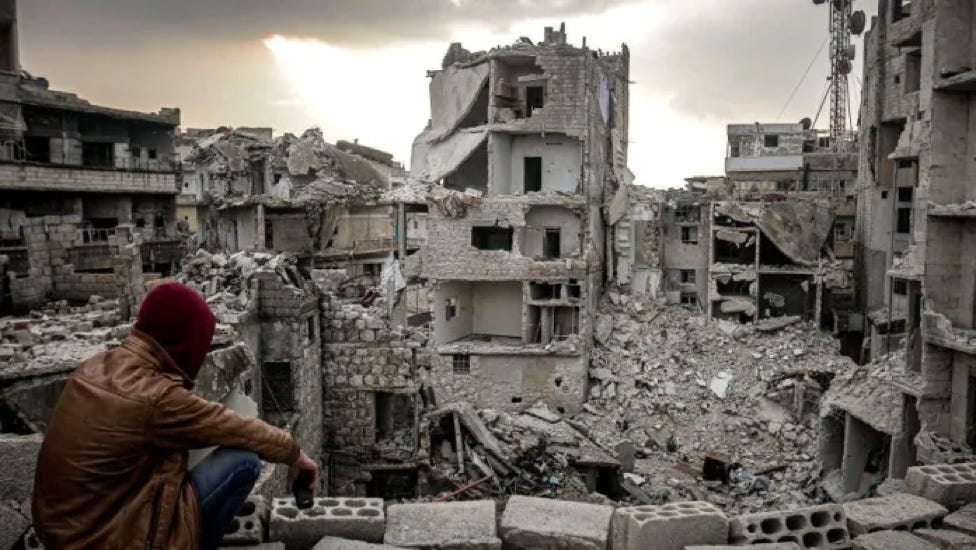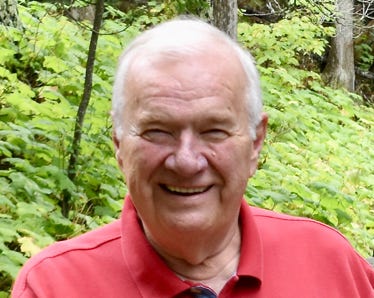DUTY, HONOR, COURAGE, RESILIANCE
Talking Proud: Service & Sacrifice
Syria: A fractured state
Venture into the unfamiliar
Syrian Civil War
The Assad family ruled Syria with an iron hand for 53 years, from 1971 to 2024. One of many civil uprisings in 2011 evolved into a civil war that abruptly overthrew the rule of Bashar al-Assad in December 2024, the result of a whirlwind thump by a coalition group named Hay'at Tahrir al-Sham (HTS). Assad ran off to Russia, and at this writing, HTS has nominal control, maybe.
Most researchers agree that HTS evolved from the al-Nusrah Front. The significance of the Nusrah Front is that it is a terrorist organization with strong ties to al-Qaeda. Some say it is al-Qaeda’s representative in Syria. That rang alarm bells in the US.
Alarm bells also went off when a group calling itself the Islamic State emerged in Syria. It intended to establish territorial control in Syria and Iraq.
The Islamic State proponents found fertile soil among Syrians disenchanted with the Assad regime. Populations were radicalized, and partisanship spread. This made matters worse. David Bynum told the US House of Representatives that the Syrian civil war that began in 2011 “electrified the Muslim world.” One result was that Iraqi jihadists went to Syria. There was a void, and jihadists from Iraq and elsewhere found their way into Syria. Bynum said,
“Syria was in chaos, and the Iraqi jihadists established secure bases of operations there, raising money and winning new recruits to their cause. Their ambitions grew along with their organization, expanding to include Syria.”
So the US was confronted with two alarm bells: the al-Nusrah Front, which had just overthrown Assad in the form of HTS, and the Islamic State (IS), which was getting entrenched in Syria.
The goal of the IS and the al-Nusrah Front was to build an “al-Qaeda caliphate,” an idea that attracted many rebellious groups in the population. The notion of establishing a caliphate has historic roots in Islam.
Julia Voelker McQuaid, a political and military researcher, provides insight into the legacy of the caliphate model of governance,
“Caliphate: An Islamic form of government in which political and religious leadership is united, and the head of state (the Caliph) is a successor to the Prophet Muhammad … Muslims in the Middle East are exposed to the concept of the caliphate from a very young age, as it is part of history and therefore an integral part of one’s education.”
A problem for Muslims and the US was that the al-Nusrah Front and IS corrupted the historic idea of a caliphate. Shadi Hamid of the Center for Mideast has comments,
“The Islamic State took an idea that animated the Muslim world for nearly 14 centuries and made it its own. In so doing, it also managed to taint an idea that hundreds of millions of Muslims continue to look to with considerable longing … For the first time in nearly a century, the caliphate—or at least a caliphate—has become something tangible, but also something brutal and frightening.”
Compounding the problem, while the idea sounded good to many Muslims in the region, two of the most aggressive factions advocating such a caliphate did not see eye-to-eye. The al-Nusrah Front was tied to al-Qaeda, and the IS was not. They were competitors. Each wanted to be the leader of the caliphate. Of the two, early on, the al-Nusrah Front was the stronger. Its ties to al-Qaeda gave it a spirited hand to operate against the US homeland, which al-Qaeda did once before on 9/11.
For Westerners like me, the terminology used to describe events in the Near East can become a tangled morass. For example, what should the Islamic State be called? Many call it the Islamic State, using the acronym “IS” for short. Some call it the Islamic State of Iraq and Syria (ISIS), others the Islamic State of Iraq and the Levant (ISIL), the Islamic State of Iraq and al-Sham (ISI and ISIS), and finally, Daesh. You’ll see all these terms used. I use the term Islamic State (IS), but when I quote someone, I’ll quote the terms they use. For my purposes, they are all the same.
In 2014, the IS saw the Syrian civil war and the battle between multiple groups in Iraq as weaknesses, voids it could fill. It, therefore, launched significant military offensives in Iraq and Syria. It took control of much of northern Iraq and most of north and eastern Syria. I will address Syria only.
Click to zoom graphic-photo



